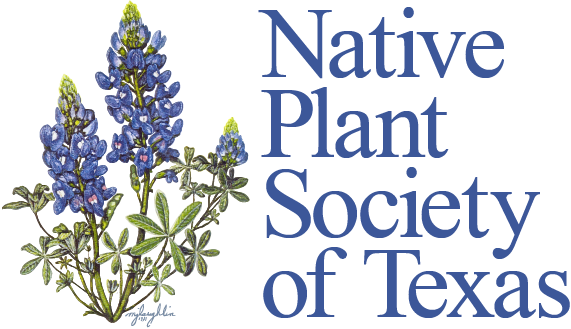By Delmar Cain
Recently Ryan Bass, Watershed Coordinator for the Upper Cibolo Creek Watershed Project for the City of Boerne, contacted Suzanne Young about giving a presentation on native plants for the Upper Cibolo Watershed Festival. Suzanne, who is fully capable of giving such a presentation, instead gave Ryan my name and then contacted me, gently suggesting that as the current president of the Boerne Chapter of the Native Plant Society of Texas (NPSOT), I was the right person for the job. Suzanne, who works harder at and gets more people to volunteer for public service than anyone in Boerne, had struck again. Who could refuse?
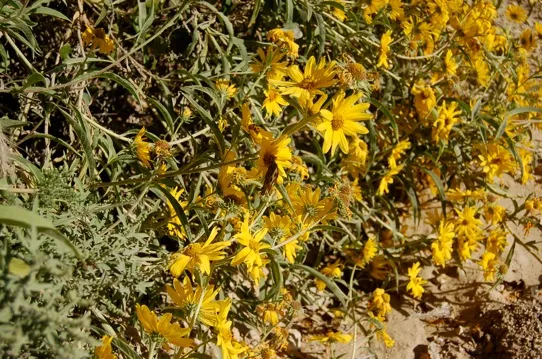
In considering what I might say for such a presentation, it occurred to me that this was a chance to talk with some who would hear the case for native plants for perhaps the first and only time. For such an event I should be prepared to give them my thoughts in a brief, concise and hopefully persuasive presentation. Preparing for such a presentation required me to distill my thoughts into four brief points, which then struck me as worthy of an article. So here goes.
Native plants are pretty. Unless you arrived in the Hill Country for the first time in the last twelve months or are visually challenged, who has not been inspired by seeing a field of Indian blankets, or of bluebonnets, or a roadside ditch with Maximilian sunflowers or a fence row accented with the red berries of possumhaw. These plants in their glory can take your breath away.
But there are other native plants, when observed individually at a closer distance, which can be just as beautiful. Consider the lace cactus bloom that gives the appearance of pink ice, or the deep red of the penstemmon flower, the light purple bell shaped flower of the cenizo after a rain or the wonderful blue-purple of the bluebell gentian. If you want beauty in your garden, these plants will meet your expectations.
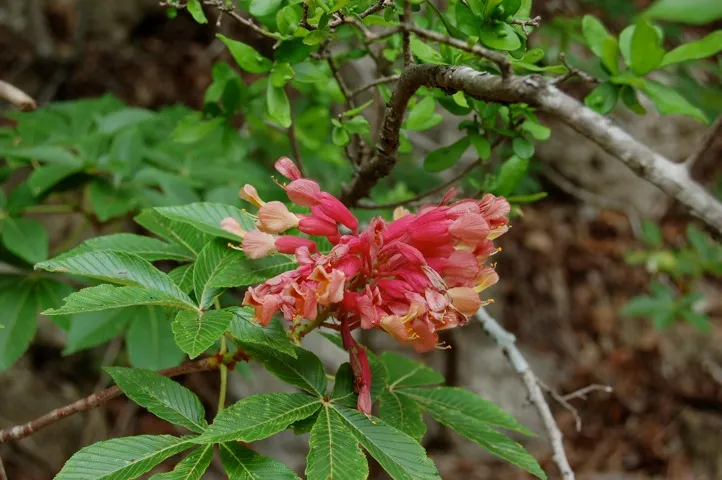
Native plants are practical. By “practical” I mean that our natives get along perfectly well without our fussing over them. Since our native plants evolved in the Hill Country or acclimated here after thousands of years, they can take most of what nature provides in this area, including limestone based soil, high temperature, low temperature, and low and excessive rainfall. As a result, the native plants, when established, make do with the natural rainfall, without extra covering in winter, and without copious chemical fertilizers in the growing season. Although some of the plants might be enhanced with selective pruning, most will perform just fine if left alone. Find the right spot, protect some of them from the deer and watch the annual show.
Native plants are public spirited. I suppose that is a strange thing to say about any plant. But it conveys, in my mind at least, the idea that native plants fit in and aid the larger community of birds, animals, insects and humans. Native plants from germination, to flower, to seed and finally to compost provide food, lodging and protection for other organisms in the ecological system. While some plants, like oak trees, serve many creatures, other native plants are so important to certain species that the species cannot survive without the specific plants.
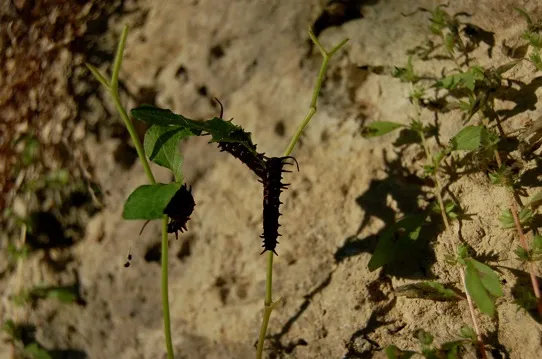
For instance the pipevine swallowtail will lay its eggs only on native pipevine. The reason is that the larva will eat the pipevine thereby assimilating the chemicals in the plant, making both the larva and the pipevine swallowtail butterfly unpalatable as a meal to otherwise potential predators.
Plants transported from other continents may be leaving their predators behind. Although these plants may look pretty, they may not be public spirited. Many don’t serve the greater community of life in their new habitat and in the worst cases may obstruct the better citizens, the native plants.
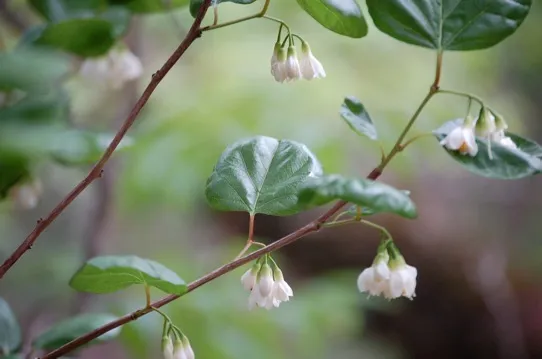
Finally, native plants are a preservation priority. The first white settlers began moving into the Hill Country in the first two decades of the 19th Century. With settlement came farming, timber mining, cattle ranching, sheep and goats. Each economic use of the land was accompanied by the selective destruction of native plants, which either did not increase or in some cases hindered the productivity of the land for that use. A more recent use is residential development, which in extreme cases clears every bit of plant life for ease of construction.
As a result, natural stands of many of our native plants have been reduced to small areas, to private lands and in some cases very remote areas. These plants are our natural heritage and deserve our concern just as much as the buildings and practices of the early settlers. By learning about them, encouraging the propagation of them and using native plants in our yards and public places, we are preserving an important heritage that, if not cared for, may be lost forever.
